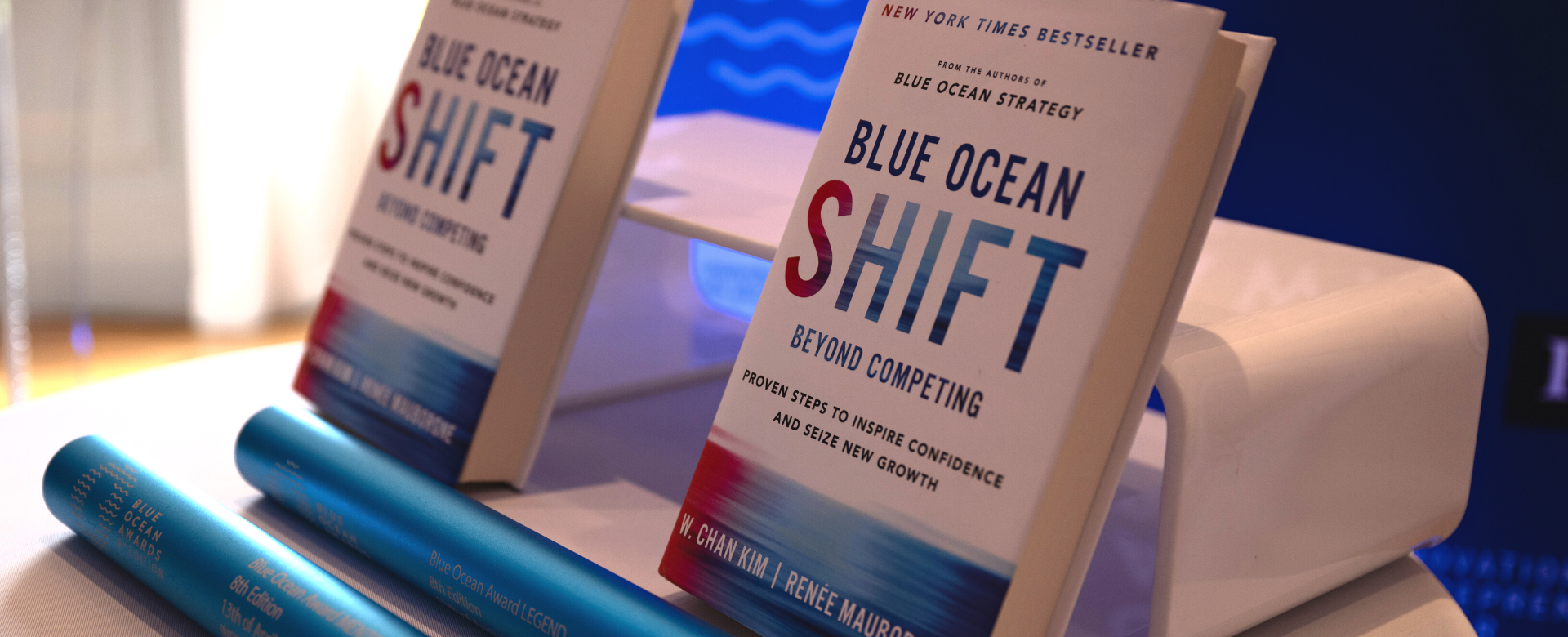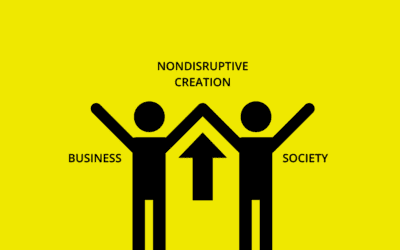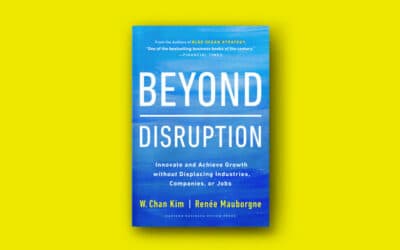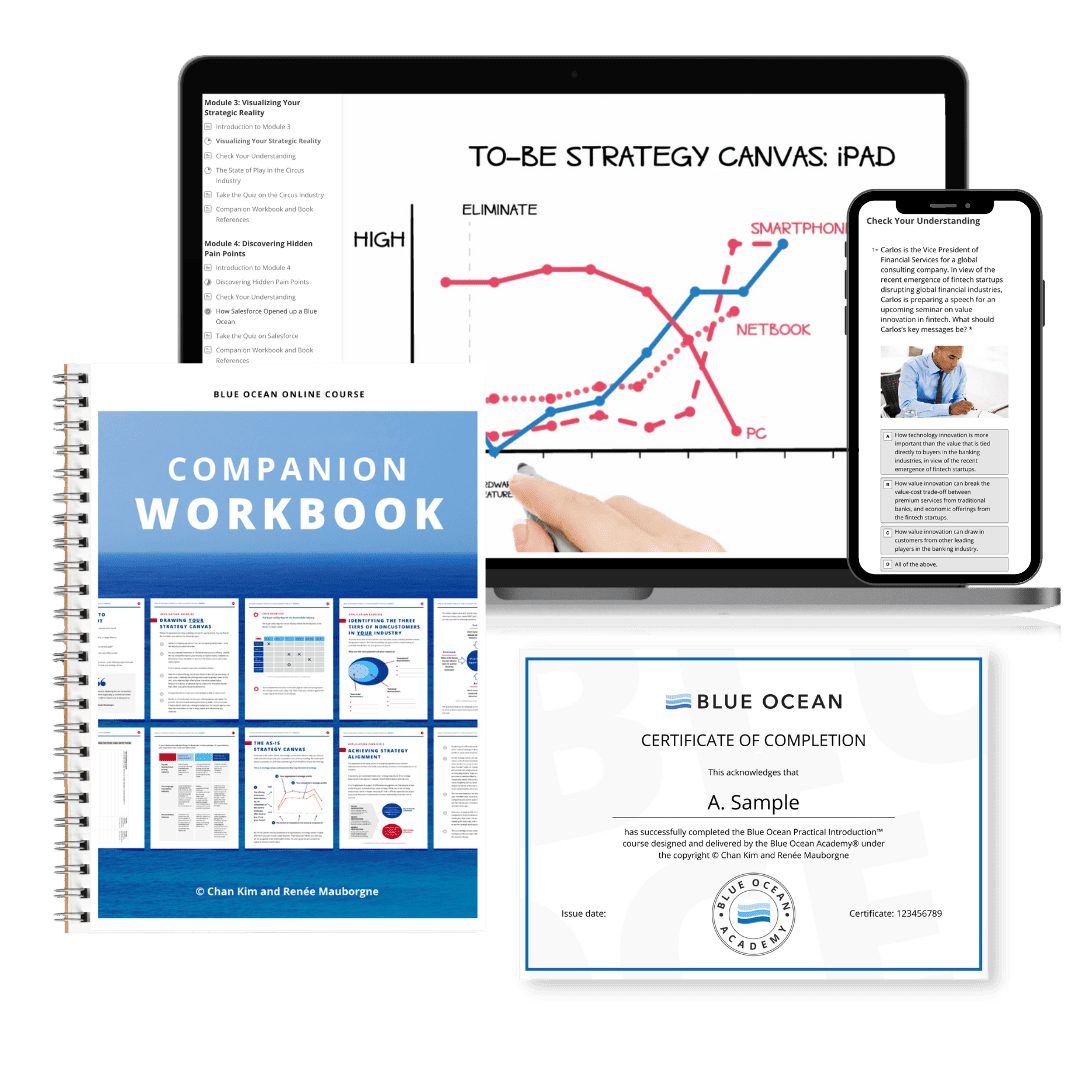Ninety percent of businesses fail within ten years. In almost any other context, that would be a shocking statistic. But it’s something the entrepreneurial community seems to accept as standard.
If you want to minimize the randomness and trial and error in creating new market space, follow these five systematic steps so that you maximize the chances of hitting the bulls-eye.
Five Steps to Making Blue ocean Shift
1. Select the right scope for your blue ocean initiative and build your people’s confidence
Begin by working out which business, product or service you’re going to tackle. To help you do this, we introduce the pioneer-migrator-settler map. This will help you target the area where you have the most to gain. We then show you how to put together the right team that is going to carry out the blue ocean initiative, and how to build their confidence for more effective buy-in.
[See Blue Ocean Shift, Part Two, Step One: Get Started]
Read next: Select the Right Strategic Initiatives to Plan Your Company’s Future Growth
2. Next, get super clear about the current state of play
Next you need to ask yourself the following question: Do I have one simple picture that everyone can understand and puts everyone on the same page? Having a clear and shared picture of the current strategic landscape is critical. We provide you with a tool that shows the current strategic landscape in one simple picture. It reveals how similar yours and your competitors’ strategies look to buyers and customers and why this is driving your industry toward the red ocean.
[See Blue Ocean Shift, Step Two: Understand Where You Are Now]
Read next: 5 Compelling Strategy Canvas Examples You Can Learn From
3. Identify the hidden constraints that you can turn into opportunities
Once you see the big picture, it’s time for you to imagine where you could be. The challenge is to develop an equally clear, big-picture view of how the assumptions and boundaries of your industry also limit its appeal and size by causing “pain points”. We show you how to use the buyer utility map to discover what these pain points are. These pain points are not constraints; they are hidden opportunities to break away from the competition and provide new solutions to existing problems. This brings you to the next task: understanding precisely who your noncustomers are and why they tend to stay away from your industry. To achieve this, we introduce the three tiers of noncustomers. This analytic framework helps organizations broaden their vision and convert latent demand into real demand in the form of new customers.
[See Blue Ocean Shift, Step Three: Imagine Where You Could Be]
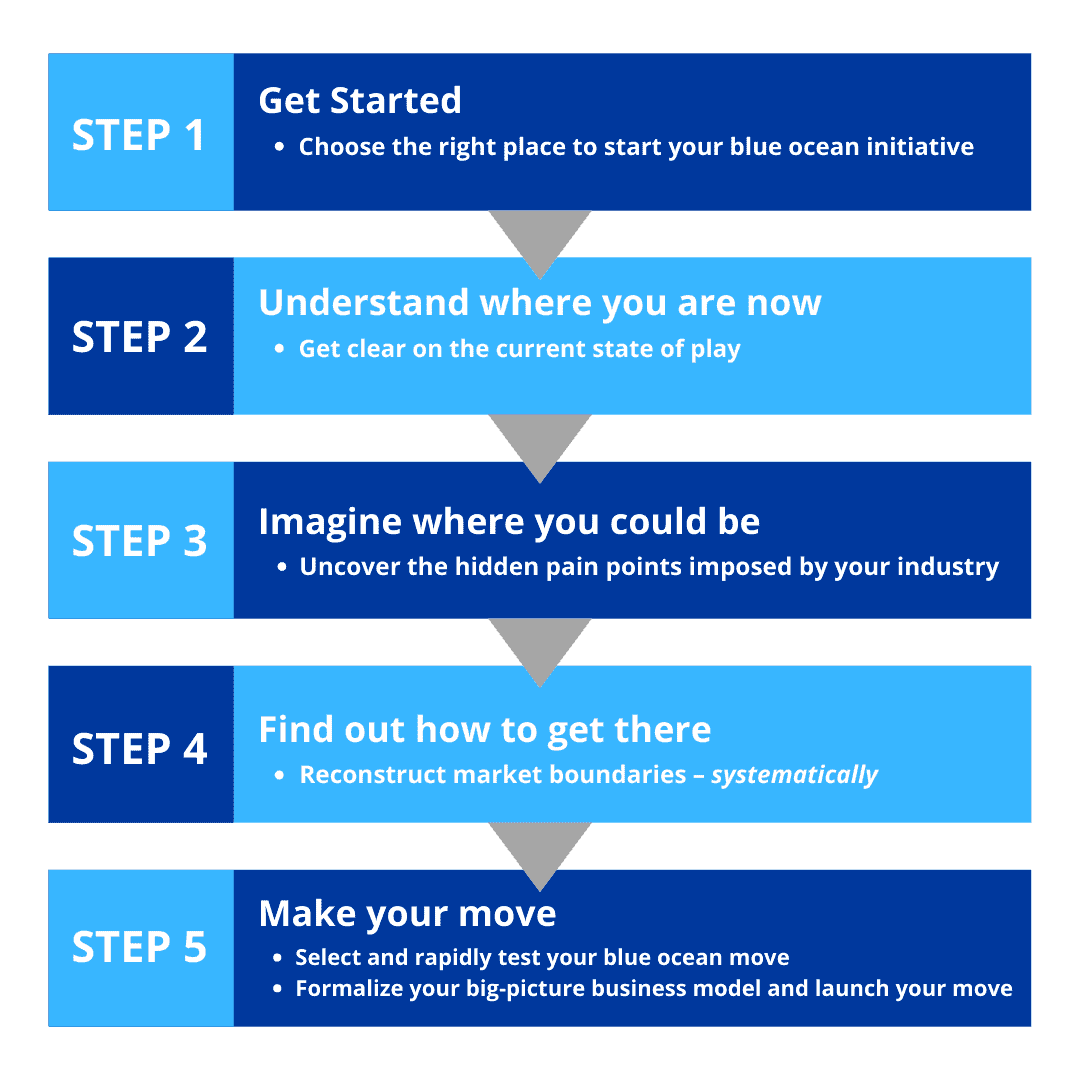
© Chan Kim & Renée Mauborgne. Blue Ocean Shift: Beyond Competing – Proven Steps to Inspire Confidence and Seize New Growth
4. Go from the big picture to creating practical blue ocean options
Now your team is ready to generate practical blue ocean options that pursue both differentiation and low cost. This means applying a systematic process to reconstruct market boundaries and create new market space. To help you do this, we show you how to use the six paths framework. This tool will help you see opportunities where others see only red oceans of competition. To make sense of these insights and formulate them into strategy, we introduce the four actions framework. This will focus your team on what they can eliminate, reduce, raise and create, and construct six potentially viable blue ocean strategic moves.
[See Blue Ocean Shift, Step Four: Find How You Get There]
Read next: Four Actions Framework and Eliminate-Reduce-Raise-Create Grid (Examples + Template)
5. Launch your blue ocean move
The fifth and final step is where you’ll learn how to select your blue ocean move, rapidly test it in the market, and refine it to maximize its potential. We show you how to choose which blue ocean move to pursue by hosting a blue ocean fair. The fair is designed to take the politics out of the decision-making process, get feedback, and consolidate people’s commitment to their chosen move. Now you’re ready to launch your blue ocean strategic move.
[See Blue Ocean Shift, Step Five: Make Your Move]
This short summary is a snapshot of the five steps to making a blue ocean shift. Be sure to check out our book for detailed guidance on how to implement each step and use the tools, including what works and what doesn’t, so you can achieve success.
Read more:











